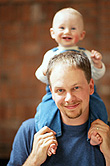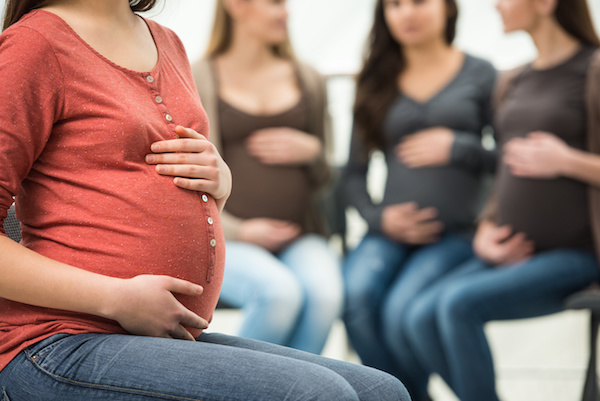
TUESDAY, July 5 (HealthDay News) — Youngsters who aren’t talking at age 2 generally aren’t at risk for future behavioral or emotional problems as a result, suggests new research.
Kids who are speech-delayed, but don’t have any other developmental delays, may exhibit some mild behavioral issues or emotional disturbances at age 2. But, the study found, those problems don’t persist after the youngsters’ language skills catch up.
“Having a child who is not talking as much as other children can be very distressing for parents. Our findings suggest that parents should not be overly concerned that late-talking at age 2 years will result in enduring language and psychological difficulties for the child,” said the study’s lead author, Andrew Whitehouse, an associate professor and reader in developmental psychopathology at the Telethon Institute for Child Health Research at the University of Western Australia in Subiaco.
Results of the study are scheduled to be published in the August issue of Pediatrics, but will first be released in the July 4 online edition of the journal.
As many as 18 percent of children have what’s known as an expressive language delay, according to background information in the study. Expressive language is the ability to speak. Receptive language is the ability to understand speech and gestures, according to the American Academy of Pediatrics.
Most children’s language skills eventually catch up to their peers, but it wasn’t clear whether or not those delays in being able to express themselves would have any lasting effect on the late-talking children.
To get a better idea of how late-talking might affect later psychological health, Whitehouse and his colleagues asked caregivers of over 1,600 children to complete a Language Development Survey, and found that 142 of the child were late to start talking.
The investigators followed the children for the next 17 years, conducting five more language and psychosocial assessments, once every two to three years.
At age 2, the late-talkers had increased levels of behavioral and emotional problems, and Whitehouse said that the researchers suspect the reason for these issues at this age was because the toddlers were frustrated that they couldn’t communicate.
He said that these behavioral and emotional issues didn’t endure once the children achieved normal language milestones, and if the children had no other developmental delays.
“Our findings suggest that parents should not be overly concerned that late-talking at age 2 years will result in enduring language and psychological difficulties for the child. There is good evidence that most late-talking children will catch up to the language skills of other children,” said Whitehouse.
“The best thing that parents can do is provide a rich language-learning environment for their children,” he added. “This means getting down on the floor and playing with their child, talking with them, reading to them, interacting with them at their level.”
“These findings are reassuring for parents. If toddlers just have an expressive language delay, it will often disappear by school age. And, an early history of an expressive language delay doesn’t, in and of itself, put kids at risk for later emotional and behavioral problems,” said Dr. Andrew Adesman, chief of developmental and behavioral pediatrics at the Steven and Alexandra Cohen Children’s Medical Center of New York in New Hyde Park.
Though not addressed in this study, Adesman said that delays in receptive language or responsiveness are of more concern and should be further evaluated. Following are some receptive language milestones:
- At 15 months, a child should be able to follow a simple one-step command.
- At 18 months, a child should be able to point to certain body parts when asked.
- At 2 years old, a child should be able to complete a two-step command, such as “Pick up the ball and bring it back to me.”
- Delays in responsiveness include not turning when someone calls his or her name or not making eye contact, according to Adesman.
More information
Learn more about language delays from the American Academy of Pediatrics.

